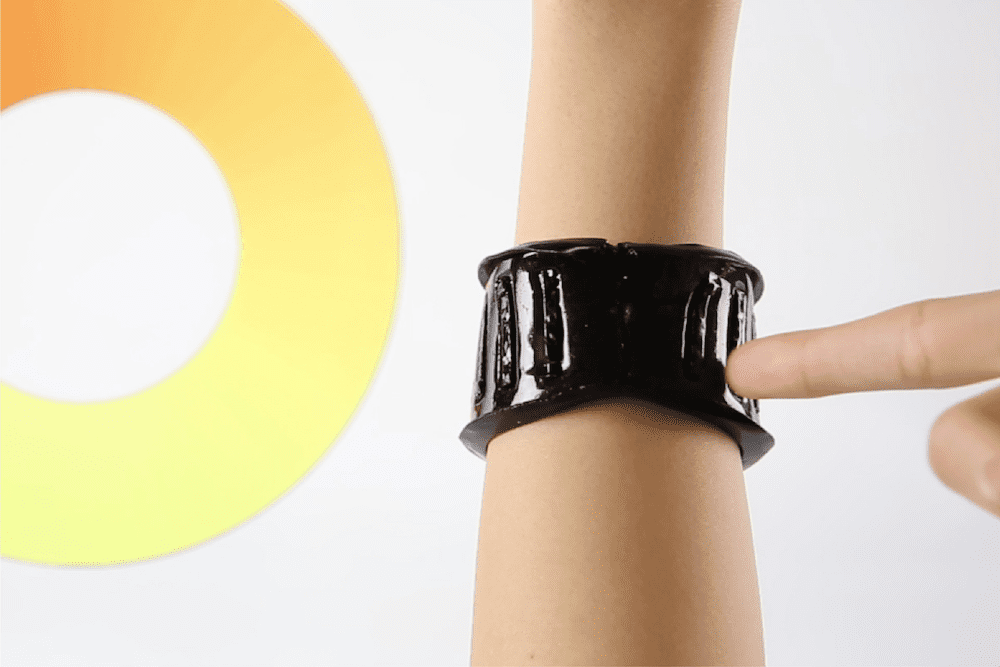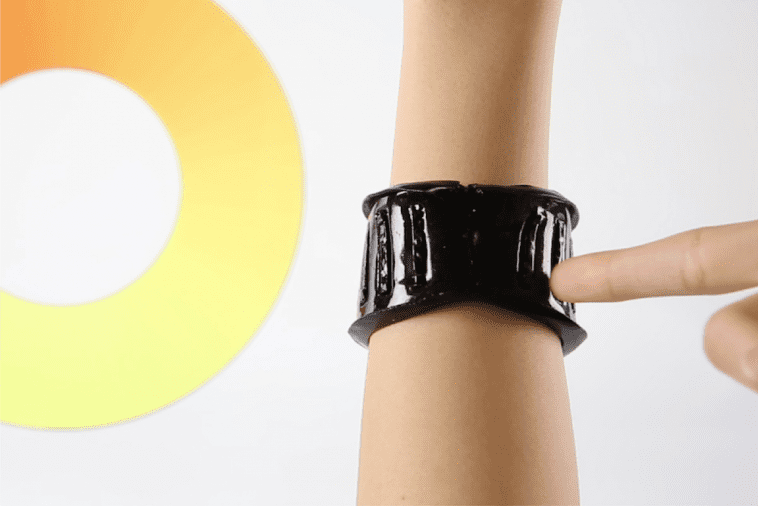Researchers have developed self-healing soft electronics
— November 9th, 2019

While flexible electronics can pose certain advantages, they are often subject to a rather short life, and can be difficult if not impossible to repair. As a solution to this conundrum, researchers from Carnegie Mellon University and the University of Tokyo have been exploring a novel material that can fuse itself together automatically, and conduct electricity.
The composite material is called MWCNTs-PBS, or multi-walled carbon nanotubes surrounded by a flexible polymer polyborosiloxane outer region. When two sections need to be attached, they’re simply pressed together and like magic it forms an electrical and mechanical bond.
Tests performed with the help of an Arduino Mega include pressure and touch sensing, as well as cut detection. It will be interesting to see how this technology advances in the future, perhaps leading to a day when devices just ‘heal’ themselves!
Living things in nature have long been utilizing the ability to “heal” their wounds on the soft bodies to survive in the outer environment. In order to impart this self-healing property to our daily life interface, we propose Self-healing UI, a soft-bodied interface that can intrinsically self-heal damages without external stimuli or glue. The key material to achieving Self-healing UI is MWCNTs-PBS, a composite material of a self-healing polymer polyborosiloxane (PBS) and a filler material multi-walled carbon nanotubes (MWCNTs), which retains mechanical and electrical self-healability. We developed a hybrid model that combines PBS, MWCNTs-PBS, and other common soft materials including fabric and silicone to build interface devices with self-healing, sensing, and actuation capability. These devices were implemented by layer-by-layer stacking fabrication without glue or any post-processing, by leveraging the materials’ inherent self-healing property between two layers. We then demonstrated sensing primitives and interactive applications that extend the design space of shape-changing interfaces with their ability to transform, con- form, reconfigure, heal, and fuse, which we believe can enrich the toolbox of human-computer interaction (HCI).
Website: LINK


